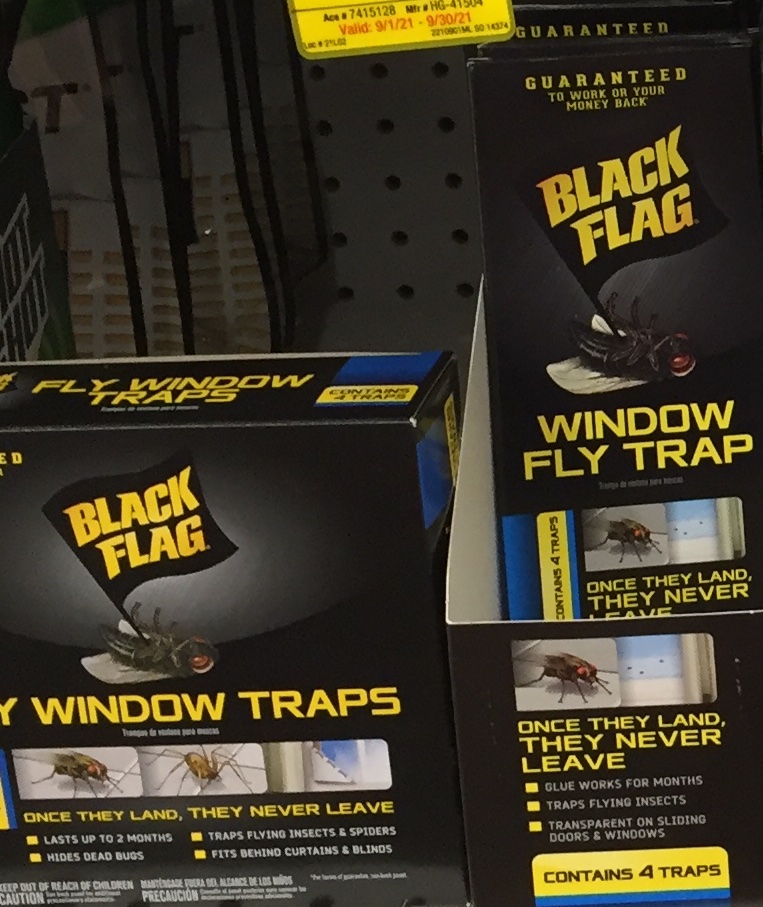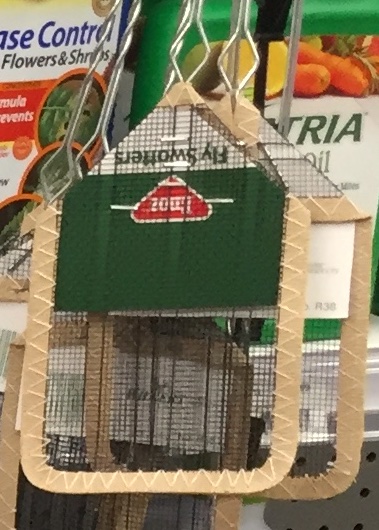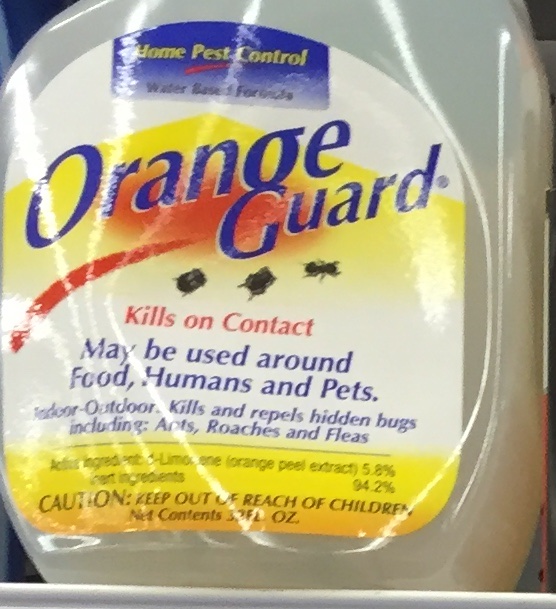Organic and Biorational Pest Control Options
go.ncsu.edu/readext?859248
en Español / em Português
El inglés es el idioma de control de esta página. En la medida en que haya algún conflicto entre la traducción al inglés y la traducción, el inglés prevalece.
Al hacer clic en el enlace de traducción se activa un servicio de traducción gratuito para convertir la página al español. Al igual que con cualquier traducción por Internet, la conversión no es sensible al contexto y puede que no traduzca el texto en su significado original. NC State Extension no garantiza la exactitud del texto traducido. Por favor, tenga en cuenta que algunas aplicaciones y/o servicios pueden no funcionar como se espera cuando se traducen.
Português
Inglês é o idioma de controle desta página. Na medida que haja algum conflito entre o texto original em Inglês e a tradução, o Inglês prevalece.
Ao clicar no link de tradução, um serviço gratuito de tradução será ativado para converter a página para o Português. Como em qualquer tradução pela internet, a conversão não é sensivel ao contexto e pode não ocorrer a tradução para o significado orginal. O serviço de Extensão da Carolina do Norte (NC State Extension) não garante a exatidão do texto traduzido. Por favor, observe que algumas funções ou serviços podem não funcionar como esperado após a tradução.
English
English is the controlling language of this page. To the extent there is any conflict between the English text and the translation, English controls.
Clicking on the translation link activates a free translation service to convert the page to Spanish. As with any Internet translation, the conversion is not context-sensitive and may not translate the text to its original meaning. NC State Extension does not guarantee the accuracy of the translated text. Please note that some applications and/or services may not function as expected when translated.
Collapse ▲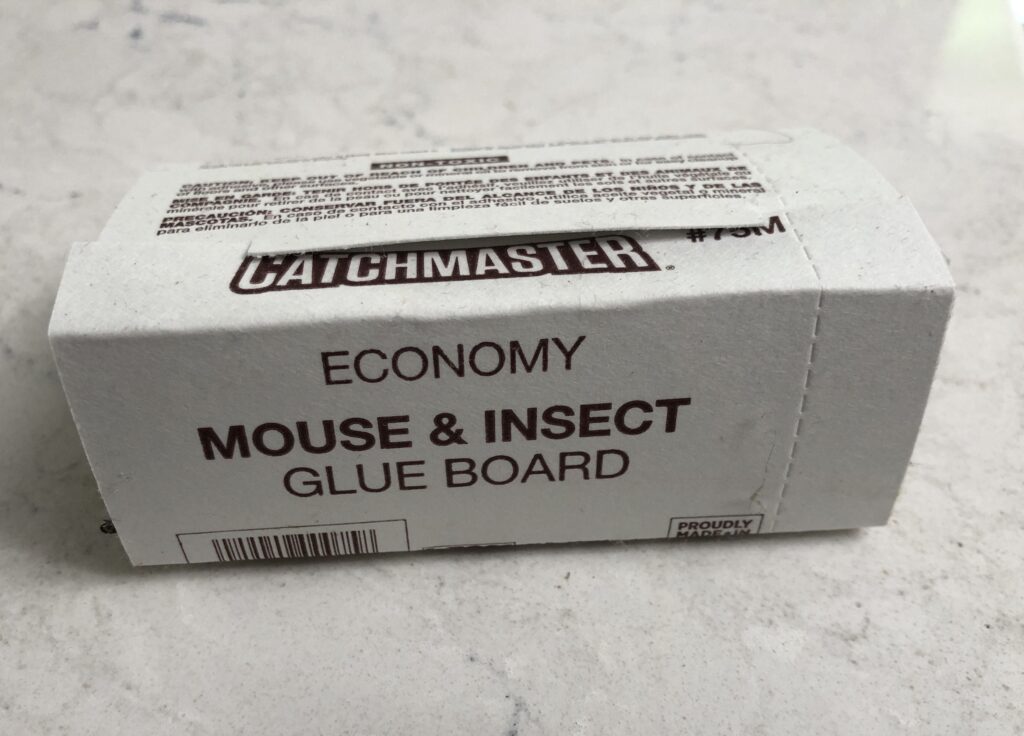 Home owners and home gardeners often express interest in environmentally friendly gardening and landscaping. As an alternative to pesticides we recommend:
Home owners and home gardeners often express interest in environmentally friendly gardening and landscaping. As an alternative to pesticides we recommend:
- Using native plants more often.
- Planting trees and shrubs properly to avoid plant stress and susceptibility to pests.
- Caring for trees, shrubs and turf keeps plants healthy and reduces the need for pesticides.
- Using mulch appropriately and avoiding over-mulching prevents plant damage.
- Planting the right plant in the right place and planting for birds, bees and butterflies to create biodiverse healthy landscapes.
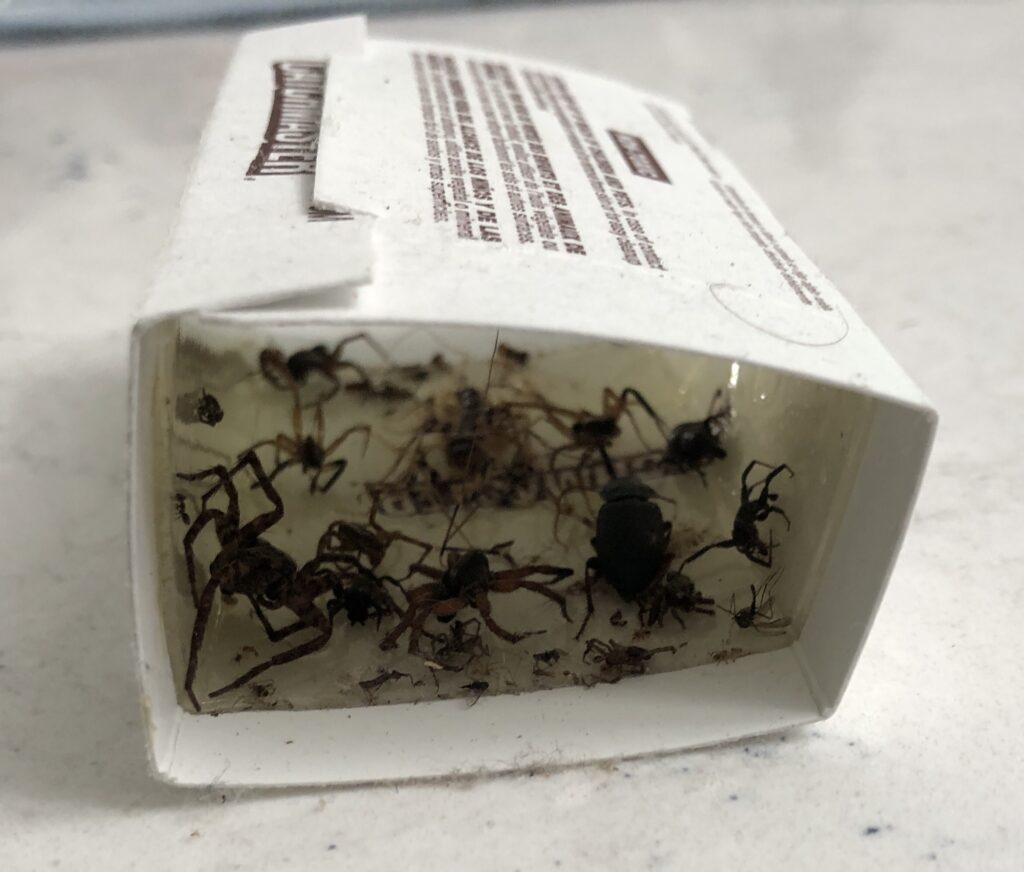
By deploying sticky traps around your home you can passively catch home invading insects. Traps can be replaced quarterly. IN restaurants and stores the traps can be used as a tool to make pest management decisions.
Gardeners can prevent pests by:
- Sanitation (cleaning tools and disposing of disease or insect infested plant material)
- Inspecting new plants looking for pests before purchase
- Hand-picking insect pests when possible
- Using fly swatters or other mechanical means
- Rinsing plants with a strong stream of water
- Trapping using sticky traps
When we do recommend pesticides, we try to encourage gardeners to use organic pesticides. So what is an organic pesticide? Generally an organic pesticide is a pest management chemical that is designed to breakdown quickly and often times are derived from an organic source such as plant extracts. We do not recommend homemade pesticides; most home remedies not properly tested and since we home gardeners are not chemists, mixing chemicals can be unsafe.
Pesticides generally are found in three categories; insecticides to control insects, fungicides to control fungal infections and herbicides to control weeds. Sometimes these organic pesticides are not quite as effective as their synthetic counterparts but are useful to gardeners to control pests. Luckily for environmentally conscientious gardeners there are many organic pesticide options available. The list below provides organic options for herbicides, insecticides and fungicides.
Organic options for garden pest control:
Organic and Biorational Herbicides
- AXXE or Ortho Ground Clear with ammonium nonanoate
- Home Plate with caprylic and capronic acids; palm oil
- Scythe with pelargonic acid; Pelargonic acid, also known as nonanoic acid, occurs naturally in many animals and plants, including geranium (Pelargonium spp.).
- Natria Weed and Grass Killer with ammoniated soap of fatty acids and maleic acid
- Brand name herbicides with vinegar
Organic Insecticides
- BT (dipel or thuracide) derived from the bacterium Bacillus thuringiensis
- Avermectin occurs naturally as a product of fermenting soil-dwelling actinomycete bacterium Streptomyces avermitilis. Avermectins are a family of naturally derived or synthetic compounds known for their potent activity against parasites and insects.
- Emamectin Synthetic version of Avermectin.
- Spinosad – derived from the bacterium Saccharopolyspora spinosa. Spinosad is a natural substance made by a soil bacterium that can be toxic to insects. It is a mixture of two chemicals called spinosyn A and spinosyn D.
- Neem Oil – derived from the seeds of a chinaberry tree; smothers a wide variety of pests
- Azadiractin – derived from the fruit of the chinaberry tree; kills a wide variety of insects; made by many manufacturers
- Clove oil/cottonseed oil mix – kills insects by smothering them
- Kaolin clay – mixed with water and prayed on plants creates a barrier to insect feeding
- Safer soap – potassium salts of fatty acids; mixed with water and sprayed on plants; creates a barrier to insect feeding
- Pyrethrum – derived from the flowers of chrysanthemums; kills insects on contact
- Pyrthroids – synthetic versions of pyrethrum; a class of powerful insecticides
- Rotenone – made from tropical plant roots; is a general insecticide
- Horticultural oils – smothers insects and disease spores when applied in the winter on dormant plants
- Sulfur – sulfur has been use in insect and disease control for millennia
- Diatomaceous earth – a fine powder that sticks to insects and irritates their bodies
Organic Fungicides
- Serenade ASO is an organic broad-spectrum biofungicide that can be applied to many different crops and is effective against soil and foliar bacterial and fungal diseases. Designed to be applied preventatively, Serenado ASO has Bacillus subtilis strain QST 713 as its active ingredient. This beneficial bacterium forms a dense biofilm that forms a protective barrier around roots, seeds or transplants. This barrier will continue to grow along with the plant and its roots. As the bacillus grows in the root zone, it produces metabolites that:
- Stimulate a natural defense mechanism in the plant that promotes robust, healthy growth and stress resistance
- Enhances photosynthesis
- Kill soil diseases outright, including Pythium, Rhizoctonia and Fusarium
- Guarda® is the first EPA-registered, bactericide/fungicide with botanical thyme oil as the active ingredient.
- OxiDate 2.0 kills bacterial and fungal pathogens, offering superior protection for your organic or conventional field and row crops.
- OxiPhos delivers a unique dual mode of action to maximize crop protection against devasting oomycetes pathogens, like Pythium (root rots/blights), Phytophthora, and downy mildew.
- ZeroTol 2.0 works on contact to kill plant pathogens and their propagules, including spores. Formulated with our powerful and stable peroxyacetic acid chemistry
- Bordeaux Mix with sulfur and lime – used for millennia for insect and disease control
- Blue Copper – general fungicide
***Note on Pesticide Labeling
The US EPA regulates pesticides and passes the responsibility for safe pesticide use down to the end user. The labeling on the pesticide package is information that EPA forces the manufacturer to include in the packaging and that the end user is required by law to read. Read the label of any pesticide that you intend to use. Follow the labeled instructions for safe and proper use closely. Wear any and all personal protective equipment such as gloves and goggles that the label requires.





